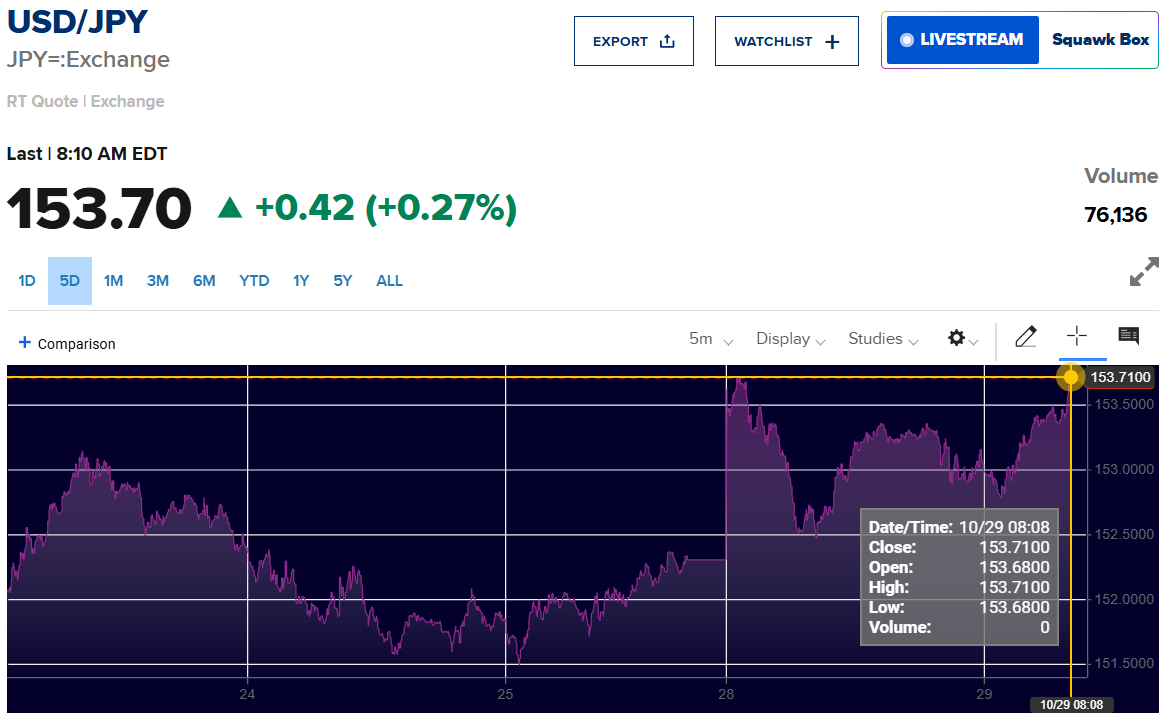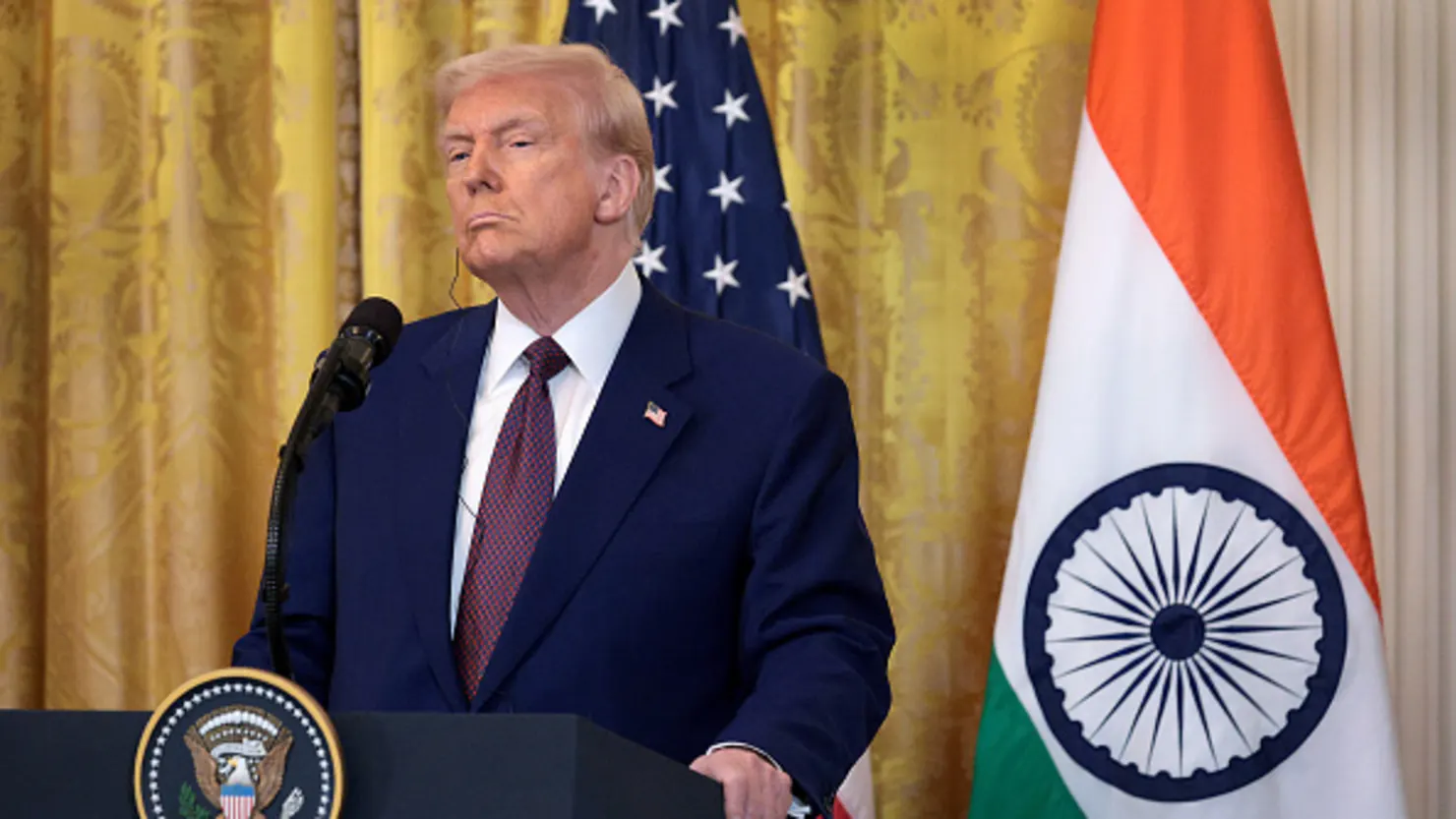
The yen slumped to three-month lows against the U.S. dollar on Monday, facing renewed pressure after Japan’s ruling coalition failed to secure a parliamentary majority in the weekend election. This result has injected uncertainty into Japan’s economic policy landscape, while the dollar surged, marking its strongest monthly gain since April 2022.
The U.S. dollar rose nearly 1% against the yen, peaking at 153.88—a level not seen since July. By midday, the yen had slipped further, down 0.27% to 153.71, marking a 6.3% decline in October, the largest of any G10 currency.
Political Uncertainty Clouds Japan’s Economic Outlook
The surprise election outcome has cast a shadow over Japan’s monetary and fiscal policy prospects. The Liberal Democratic Party (LDP) and its junior coalition partner, Komeito, managed to secure only 215 seats in the lower house—falling short of a 233-seat majority. Analysts predict that the LDP may struggle to gain traction on key economic policies without solid support, potentially stalling Japan’s recovery and limiting its scope for fiscal reform.
“Given the yen’s volatility this year, the election outcome adds another layer of uncertainty,” “Investors are still wary from last year’s LDP leadership election volatility, and some are stepping back from the yen, given the continued political instability.”
The yen’s slide could see further intervention from Japan’s finance ministry if it approaches 160 against the dollar, a level many analysts have flagged as a critical threshold.
Dollar Gains Fuel Market Moves
In contrast, the U.S. dollar remains in a strong position, heading for its largest monthly rise in two-and-a-half years. Aided by robust economic data and signs of strength in the U.S. labor market, the dollar index climbed 3.6% in October to 104.46, maintaining levels last seen during the April 2022 rally.
Investor bets on a Republican sweep in the upcoming election, with Donald Trump potentially reclaiming the presidency, have also driven up U.S. bond yields. Markets are increasingly pricing in a Republican-led government, anticipating policies that may delay rate cuts in favor of economic expansion initiatives.
Meanwhile, the euro fell 0.3% to $1.0779, and was down almost 3% on the month. Analysts warn that new U.S. tariffs could hit the euro further, particularly if the Federal Reserve responds to inflationary pressures with additional rate hikes.
Eyes on U.S. and Global Data Ahead of Election Week
With the U.S. October employment report due later this week, investors are also watching inflation readings for Europe and Australia, GDP data from the U.S., and PMI figures for China. Market sentiment remains cautious, particularly as some investors anticipate “uncorrelated and wild moves,” according to Peter Vassallo, FX portfolio manager at BNP Paribas Asset Management.
He highlighted that the Federal Reserve’s response to economic indicators, such as non-farm payrolls, could spark sudden shifts in global markets amid low liquidity conditions.
As Japan grapples with its internal political shifts, global markets face a critical week where both economic and political developments could significantly impact the yen, dollar, and euro dynamics, underscoring the interconnected nature of today’s global economy.



























